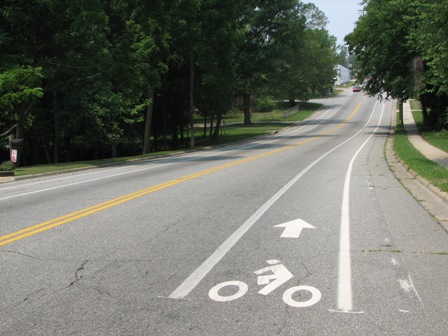This week in science we did the marshmallow challenge. We started off by getting in groups. The same groups that we were in since September when we first did the marshmallow challenge. On Wednesday, we did the challenge twice. We were given tape, paper bag, post it, spaghetti sticks and of course a marshmallow. The first round we tried, it was non verbal. I think that was harder because if I needed to tell someone in my group with put tape somewhere I'll have to write it down on post it, which took up time. The second time, we were able to talk. It finally stayed this time! I was hype. On Thursday, we went up to the roof to make a video "This year in science" for our next year science teacher. We talked about who we are, how we grown in science, what's our struggle in science, what we want our teacher to know about us, etc.
This week I learned that I worked better in groups better than I did in September because we got to know each other better. At the beginning of the year, we didn't know each other, so most of us was shy to talk to other people and like open up to them. But I like working in groups now that I got to know each other better. I think I understand the work better and it's more fun than to work alone.
I learned that even if we weren't talking we still communicated and made our marshmallow successful. It was much better than the last time.
 |
This is a picture I found on google
of how the marshmallow challenge should look like |
 |
This is a graph on my entire class. It shows if we improved from the last
two times or not. |
 |
This is a picture of my group & I working on the marshmallow
challenge. (non verbally) |










